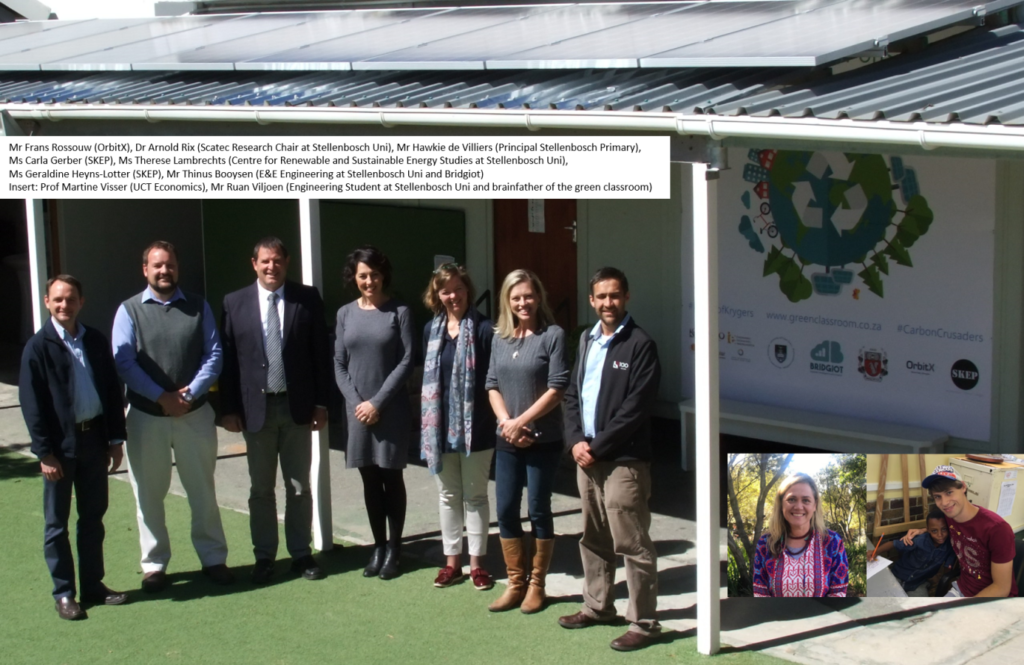1. Introduction and objectives
The ability to accurately forecast energy usage has become progressively more important, especially in the current South African milieu. An interest in energy conservation within today’s energy-conscious society has also grown rapidly. In addition, increased public awareness and political pressure resulted in a universal push to “move away from carbon-emitting energy supplies”. Schools are but one scenario where this has become topical. The problem, however, is that the “current techno-economic sizing of [photovoltaic] PV solutions for schools in South Africa rely on hourly smart meter measurements, costly equipment and scarce skills.”
Schools are currently billed on commercial and industrial tariff structures, and by reducing their energy usage and maximum monthly demand, the money saved can be utilised towards improving the quality of education delivered. The recent reductions in PV costs and the convenient concurrence of insolation and schools’ energy usage have piqued interest in enhancing supply with solar PV to save on energy costs and so unburden the grid in developing countries. Furthermore, with the recent advances in PV technology, the costs of the actual solar panels have reduced dramatically.
In response, the Department of Electric and Electronic Engineering presented a novel approach to forecast schools’ hourly demand using only monthly utility bills and a trained forecasting model by (1) developing a computationally low-cost, accurate forecasting model using easily accessible input parameters, (2) using the forecast to develop a method capable of adequate load-matching using a solar model, (3) combining the thermal-storage capabilities of EWHs with load-matched solar through smart-scheduling techniques to decrease peak monthly demand and basic energy usages, and (4) providing accurate cost and savings forecasts to determine the viability of the energy-saving intervention at a particular school.
2. The challenge
The optimal sizing of PV solutions requires a detailed analysis and hourly simulation to match demand, council tariff structures (such as import versus export rates) and geography. The problem, however, lies in the potential for abuse – it exposes already resource-constrained authorities to abuse by overzealous and unsuspecting suppliers. This, in turn, impedes the large-scale deployment of solar PV in South African cities deprived of their requisite energy.
3. The methods employed
The method was authenticated using five datasets each containing the hourly energy usage measurement data from schools over a period of three years and could forecast the yearly energy consumption of the schools to within an averaged accuracy of 5% while estimating the maximum monthly demand to 6% of the measured usage. Moreover, employing an iterative solar sizing technique it was possible to accurately estimate the latent profitability of a solar system tailored to the school’s budget, presenting itself as a valuable tool for reducing the financial burden many schools face, and the assessment challenges the city councils and government departments face.
Three control schemes of intelligent water heater scheduling were researched. First, a priority-based scheduler was configured to heat water using the school’s water usage history while diverting any surplus solar energy to the water heaters and so exploit their energy storage capabilities. This increased the school’s energy bill savings to 23.2% per month. Secondly, a bi-thermal control method was added to the priority-based scheduler, employing a temperature delta to increase the amount of solar energy to be stored within the water heater tank while minimising their grid reliance. This method improved the monthly savings with 24.8% per month. Finally, a demand-limiter control scheme was implemented in combination with bi-thermal control resulting in substantial demand-charge savings. The average energy bill was reduced with 26.7% per month, producing maximum savings while maintaining suitable levels of user comfort.
4. Conclusion
This proposed technique was employed at five schools using their hourly energy usages obtained using smart meters. With the available data, the method could forecast the yearly energy consumption of the schools to within an averaged accuracy of 5% while estimating the maximum monthly demand to 6% of the measured usage. Furthermore, through an iterative solar sizing technique, it was possible to estimate the potential profitability of various solar system sizes by determining the internal rate of return and the utilisation of the system’s generating capacity. It was able to identify the optimal system size of the schools with the best return on investment, presenting itself as a valuable tool for reducing the financial burden many schools face.




